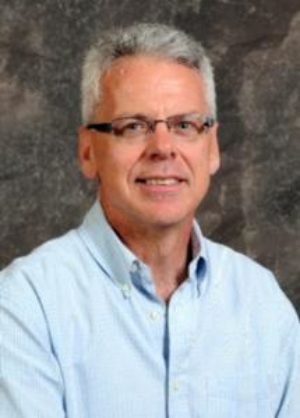Innovation Anthology #647:

It can take hundreds if not thousands of years for water to move through the landscape.
So Dr. Lee Barbour is developing some special techniques to track the migration of process water through the landforms that Syncrude is building to reclaim old oil sands mines.
One is a catalogue of chemical isotopes.
DR LEE BARBOUR:So water is made up of hydrogen and oxygen, and naturally occurring, some of the hydrogen is heavy, has a mass of 2 instead of 1, and some of the oxygen is heavy, has a mass of 18 instead of 16. So these isotopes are naturally occurring, as I say. So the first thing we had to do was develop a catalogue of what water associated with oil sands mine sites looks like. And so we had a masters student, Thomas Behr and he sampled tailings water and fluid fine tailings, overburden shale, and natural glacial till and shale in the area as well as meteoric water. And was able to show that, in fact, there are unique signatures associated, for example, with process water relative to water that is falling on the landscape following closure.
Dr. Barbour says the catalogue of isotopes can now be used with monitoring through core samples and pressure testing.
Thanks today to SYNCRUDE
FOR INNOVATION ANTHOLOGY
I’M CHERYL CROUCHER
Guest
,
, , , ,
Sponsor
Syncrude
![]()
Program Date: 2014-11-04